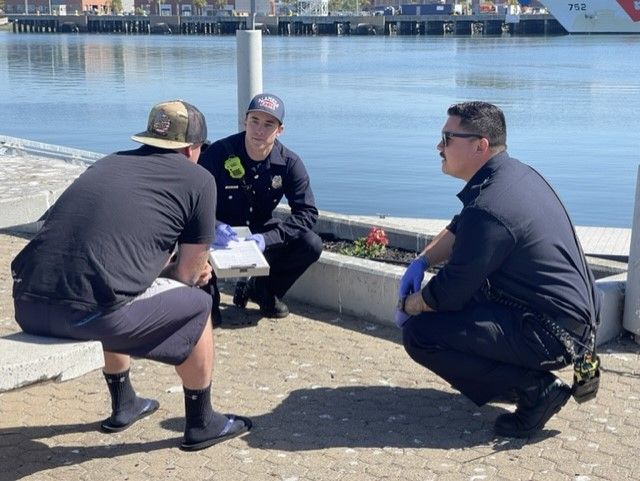More ways to help people than just an armed officer or a ride to the ER: The Alameda CARE behavioral paramedic program pilot should be made permanent

Dear Mayor Ezzy Ashcraft, Vice Mayor Daysog, and Councilmembers,
In recent years, the City of Alameda has talked a lot about complicated topics including racial equity, police reform, and homeless support. To be frank, the city has had a mixed record of actually following through on this talk.
Herrera Spencer has been inviting others on Nextdoor to come and hear her request a status update and move along the progress of adding automated cameras to Alameda Police Department's toolkit.
But instead of the theater of placing referrals on the City Council agenda and posting about them to Nextdoor, Herrera Spencer could just read staff reports. Item 7-C mentions that City of Alameda's contract with Flock Safety is indeed executed and underway. The expense is taking APD overbudget, so they are shifting money that would go to pay officers in roles that aren't currently staffed to pay for the license-plate cameras.
Herrera Spencer is just being a politician trying to look on the side of "law and order" — nothing too surprising about that. But I do think this is a useful contrast to draw: automated license plate readers do not have a documented track record of success in Alameda. APD actually already owns mobile units, but they weren't maintained and they broke (if I recall previous staff reports correctly). In contrast, the CARE team has real results from its pilot that can be used to evaluate the program's efficacy and costs.
The Alameda CARE team is a very bright spot. It's a concrete program that's made meaningful changes to how the City delivers care to vulnerable individuals — and it's a meaningful change in how concerned residents and business owners can call on the City to provide support in situations that are uncertain or worrisome.
The CARE team is proving to be effective. In addition to the staff report, if you have not already, let me recommend you read this earlier but perhaps more accessible article. It's striking how many more people are assisted on-site rather than transported to an emergency room or a psychiatric hold facility:

Each one of the situations handled by the unarmed CARE team is a situation that is not handled by the city's armed law enforcement personnel. Of course, the Alameda Police Dept. remains available for situations where someone is dangerous to others. But I think we can agree that the more situations that can be served with a compassionate unarmed response, the better — both for the individuals in each situation, as well as for everyone in Alameda who cares about how the city provides services on our behalf.
Please make the CARE team an ongoing program, so that it can continue to be a part of the city's toolkit of services for the entire public.
Thanks for your time,
Drew Dara-Abrams